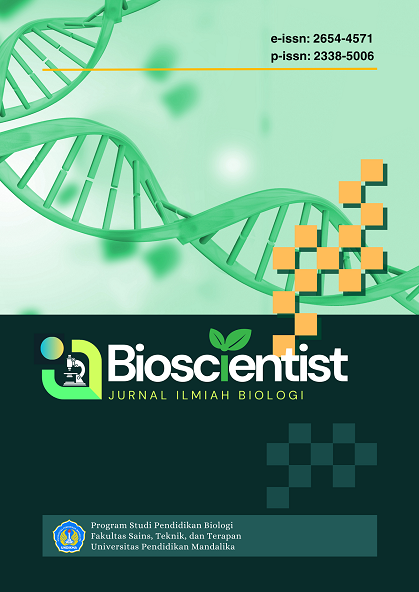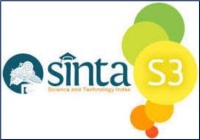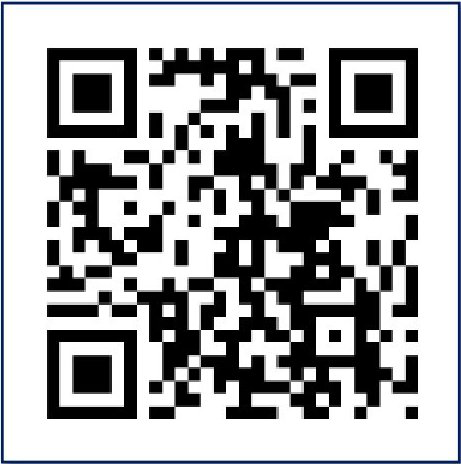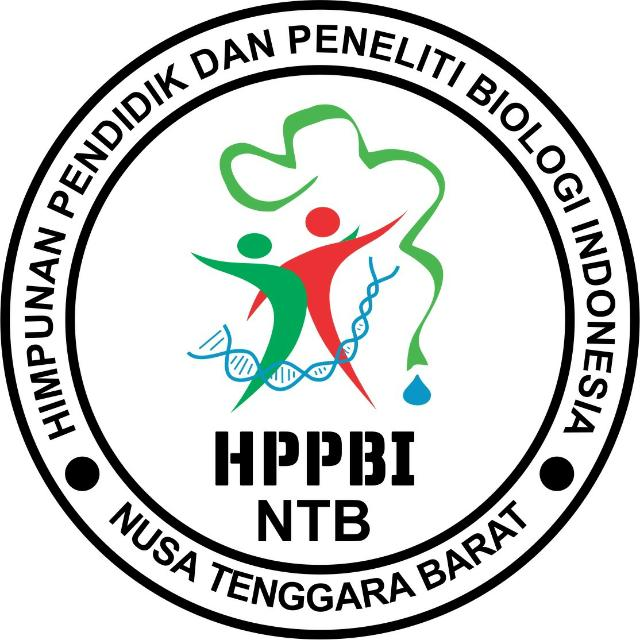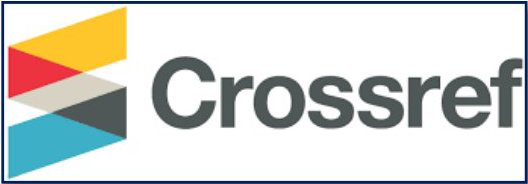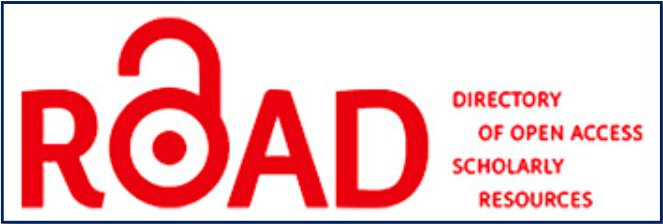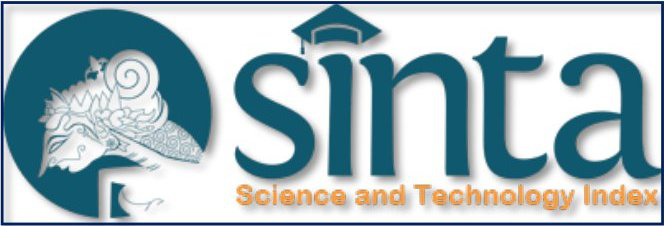Identifikasi Pakan Lebah Madu Endemik Sulawesi Apis nigrocincta (Smith, 1861)
DOI:
https://doi.org/10.33394/bioscientist.v13i1.15190Keywords:
Apis nigrocincta, pakan lebah, identifikasi polen, konservasiAbstract
The study aims to identify the main feed source for Apis nigrocincta through the analysis of polent morphology. The study uses explorative descriptive methods with qualitative and quantitative approaches. The focus of this study is the identification of feed source for endemic honeybees of Sulawesi, Apis nigrocincta through the analysis of polent morphology. Through the approach of polent morphology analysis, successfully identified 12 plant species from 9 families that could potentially be feed sources such as, Cucurbita maxima, Clematis viticella, Clematis montana, Pseuderanthemum tropurpureum, Cersicaria odorata, Solamun torvum, Solamun nigrum, Pine mercussii, Piper betle, Piper nigrum, and Galium aparine identification showed the presence of polyn diversity that supports the nutritional needs of bees, and emphasized the importance of local vegetation conservation to maintain the sustainability of the A. nigrocincta population. The results of the study showed that the polen has characteristics such as the polish unit, size, shape, shape on the P and E side, aperture type, as well as exin ornamentation. The polents collected by bees A. nigrocincta come from various types of plants, namely fruits, ornamental plants, vegetable plants, herb plants, and trees. This diversity reflects the flexibility of bees in choosing food sources based on availability in the surrounding environment. The results of the identification of the polymer samples showed that 12 species of plants that are the main feed source for A. nigrocincta bees are sourced from the polen. Each species has different flower characteristics, both in terms of shape and color. Polen diversity indicates that the environment around Jononunu Village has a rich ecosystem with different types of flowering plants.References
Adiwena, M., Nurjannah, N., Pandiangan, G. V., & Andi, A. (2024). Pembuatan Hotel Lebah Kelulut (Trigona sp.), Komoditas Unggulan Green Economy: Kelulut Hotel (Trigona sp.), Green Economy Leading Commodity. PengabdianMu: Jurnal Ilmiah Pengabdian kepada Masyarakat, 9(5), 829-838. https://doi.org/10.33084/pengabdianmu.v9i5.6594
Ahsani, F. A., Bintoro, A., Asmarahman, C., & Duryat, D. (2023). Identifikasi Jenis Tumbuhan Sumber Pakan Lebah Madu (Apis cerana) Di Kebun Lebah Desa Buana Sakti, Kecamatan Batang Hari, Lampung Timur. Journal Of People, Forest And Environment, 3(2), 11-20. http://dx.doi.org/10.23960/jopfe.v3i2.7515
Algifari, A. (2024). Inventarisasi Jenis-Jenis Tanaman Penghasil Nektar Dan Polen Sebagai Pakan Lebah Madu Trigona Di Desa Bengkaung Kabupaten Lombok Barat. i-SAPI Journal: Integrated and Sustainable Animal Production Innovation, 1(1), 25-35. https://doi.org/10.29303/i-sapi.v1i1.4982
De Lima, D., Lamerkabel, J. S. A., & Welerubun, I. (2020). Inventarisasi Jenis-Jenis Tanaman Penghasil Nektar Dan Polen Sebagai Pakan Lebah Madu Apis mellifera Di Kecamatan Kairatu Kabupaten Seram Bagian Barat. Agrinimal Jurnal Ilmu Ternak dan Tanaman, 7(2): 77–82. https://doi.org/10.30598/ajitt.2019.7.2.77-82
Ferdyan, R., Sumarmin, R., & Putri, D. H. (2021). Perbandingan Sumber Pakan Dan Strategi Pemberian Pakan Apis cerana dengan Apidae Lainnya: A review. Bio-Lectura: Jurnal Pendidikan Biologi, 8(1): 37-44. https://doi.org/10.31849/bl.v8i1.6484
Gusmalawati, D., Huda, M. F., Fauziah, S. M., Banyo, Y. E., & Abidin, Z. (2021). Karakterisasi Morfologi Polen Dari Sepuluh Jenis Tumbuhan Dari Famili Yang Berbeda. G-Tech Jurnal Teknologi dan Terapan, 4(2): 303-308.
https://www.academia.edu/download/89606811/612.pdf
Kusmoro, J., Febrian, R. R., Shanida, S., Husodo, T., Mutaqin, A. Z., & Hermawan, W. (2024). Identifikasi Polen sebagai Indikator Keanekaragaman Tumbuhan Sumber Pakan Lebah Madu (Apis cerana F.) di Kawasan Konservasi Hutan Kota di Kabupaten Bandung, Jawa Barat. Agrikultura, 35(1), 103-111.
https://jurnal.unpad.ac.id/agrikultura/article/view/42694
Manusawai, J., & Pakpahan, E. S. (2024). Kondisi Habitat dan Kualitas Madu Lebah Tanpa Sengat Kampung Rimba Jaya Kabupaten Biak Numfor: Kondisi Habitat dan Kualitas Madu Lebah Tanpa Sengat Kampung Rimba Jaya Kabupaten Biak Numfor. Median: Jurnal Ilmu Ilmu Eksakta, 16(2), 96-111.
https://doi.org/10.33506/md.v16i2.3486
Mooy, B. Z. (2020). Identifikasi Faktor-Faktor Yang Mempengaruhi Dinamika Produksi Madu Lebah Hutan (Apis dorsata) di KDHTK Diklat Sisimeni Sanam, Kabupaten Kupang. Jurnal Widyaiswara Indonesia, 1(4): 171-186.
http://ejournal.iwi.or.id/ojs/index.php/iwi/article/view/51
Priambudi, A. S., Raffiudin, R., & Djuita, N. R. (2021). Identifikasi Tumbuhan Sumber Polen pada Madu Lebah Heterotrigona itama dan Tetragonula laeviceps di Belitung Identification of Plants as Pollen Source in Honey of Stingless Bee Heterotrigona itama and Tetragonula laeviceps from Belitung. Jurnal Sumberdaya Hayati, 7(1): 25–35.
https://www.academia.edu/download/98812470/22024.pdf
Rahmad, B., Damiri, N., & Mulawarman, M. (2021). Jenis Lebah Madu Dan Tanaman Sumber Pakan Pada Budi Daya Lebah Madu Di Hutan Produksi Subanjeriji, Kabupaten Muara Enim, Sumatera Selatan (Honeybee Diversity and Woof Source of Beekeeping in Subanjeriji Production Forest, Muara Enim District, South Sumatera). Jurnal Penelitian Kehutanan Faloak, 5(1), 47-61.
https://pdfs.semanticscholar.org/94f9/3652589a6fb1a1985ee801f3e0ec731c7668.pdf
Sari, M. A., Zural, M. M., & Jasmi, J. J. (2020). Jenis-Jenis Tumbuhan Sebagai Sumber Pakan Lebah Madu Apis cerana Fabr. dan Apis dorsata Fabr. Serta Sumbangsihnya Untuk Materi Plantae SMA/MA. Jurnal Bioconcetta, 5(2): 59–68.
Shullia, N. I., Subchan, W., Raffiudin, R., Atmowidi, T., Priawandiputra, W., Ariani, N. S., & Novidayanti, A. A. (2024). Temporal resource partitioning of the flight activities of three bee species in East Java: Pembagian sumber daya temporal dari aktivitas terbang tiga spesies lebah di Jawa Timur. Jurnal Entomologi Indonesia, 21(3), 234-246. https://doi.org/10.5994/jei.21.3.234
Syifa, K., Haneda, N. F., & Rachmawati, E. (2023). Keanekaragaman Pakan Lebah Madu Apis cerana di Hutan Rakyat Berdasarkan Karakteristik Polen (Diversity of Apis cerana Honey Bee Foraging Plants in Community Forests Based on Pollen Characteristics). Jurnal Penelitian Hutan Tanaman, 20(1): 51-62.
https://doi.org/10.59465/jpht.v20i1.311
Tahir, H., Irundu, D., & Rusmidin, R. (2021). Jenis Tumbuhan Sumber Pakan Lebah (Trigona Sp.) Di Desa Mirring Polewali Mandar Sulawesi Barat. Jurnal Nusa Sylva, 21(2): 39-47. https://doi.org/10.31938/jns.v21i2.339

